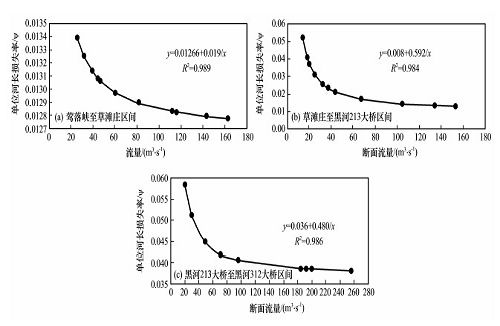Experimental Study of Calculating Method of River Seepagein Middle and Upper Reaches of the Heihe River
Updatetime:2013-02-04From:
【Enlarge】【Reduce】
With river cross-section method, river seepage in the middle and upper reaches of the Heihe River was experimentally studied. It is found that the composition of channel rock, river geometry morphological and human activities changing output and input water pattern greatly effect river seepage. River seepage remarkably changes before and after water transfer in whole basin. For instance, in the sector from Yingluoxia to Bridge 312, the seepage amount was 1.2543 ? 108m3 before water transfer and is 4.3747 ? 108m3 after water transfer. The smaller the river discharge, the larger the water loss rate will be. One can see that the loss rate of unit river length of each reaches follows a reciprocal manner. This conclusion is drawn from experimental analysis by contrasting the observations in the upstream and downstream cross-sections of middle and upper reaches of the Heihe River, consistent with actual situation, which can be used as basis for analyzing surface water and groundwater resources transformation in the middle and upper reaches of the Heihe River, simulating groundwater flow system, and modeling repeated utilization of water resources. The conclusion also can be used to calculate seepage amount for different simulation models.

The mutuality correlations of discharges among the upstream and downstream sections

The loss rates of unit river length changing with discharge in the middle and upper reaches of the Heihe River
Appendix





